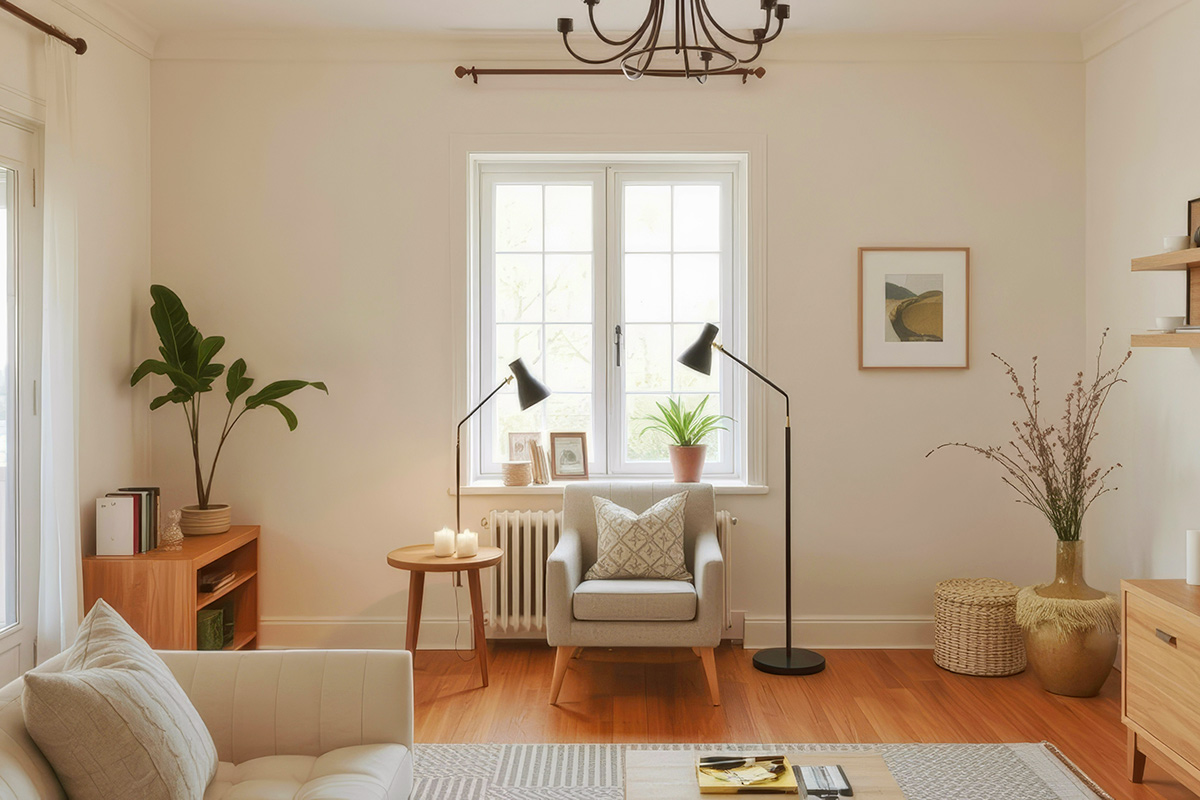Ever walk into a living room and feel a little … unsettled? It’s not you; it’s the layout. The furniture may be perfectly proportioned, the paint color just the right shade of soothing, and still, there’s a sense that something is off. The likely culprit? The focal point — or the lack of one.
“Focal points are so important because the eye always needs an initial landing spot, a place for your brain to settle before you can take in the rest of the room,” says interior designer Gray Benko, co-founder of Gray Benko Home.
Without a visual anchor, the space’s design will be adrift. But if you intentionally include one, your living room will not only look better, but also feel better.
Why Your Living Space Needs a Focal Point
A focal point completes a room. “Without [it], you are left floating off in space, not sure of what to look at first,” Benko says, adding that it helps you “to settle in and take in the vibe of the room you are standing in.”
Fireplaces and televisions are common anchors, but there are plenty of other options, too. Benko prioritizes aesthetics over function when choosing one. “Wherever the eye naturally lands first, I want it to be interesting! That is the No. 1 requirement,” she says. That could mean a jewel-toned velvet sofa, a dramatic piece of wall art, or a picture window that frames the outdoors.
More from our network
House Outlook is part of Inbox Studio, which publishes content that uplifts, informs, and inspires.
Balance Is Key
Once your main attraction is established, the rest of the decor should complement it, not compete for your eye’s attention. There’s no need to limit yourself to just one focal point, but Benko suggests capping it at one focal point per wall. “I love it when a room can pique your interest and then hold onto it by giving you multiple points of visual interest to explore,” she says. “It’s all about balance.” Your focal point should set the tone, while the surrounding details support the story. This creates depth without cluttered chaos.
For a budget-friendly focal point, Benko recommends surrounding a standout piece of furniture — bonus points if it’s antique — with a one-of-a-kind gallery wall. “The quirkier the art, the better,” she says. No need to splurge, either. Antique malls and thrift stores are full of fun, affordable treasures. Benko recommends, “Pay close attention to what catches your eye when you are shopping and pick the pieces that you are most drawn to.”



















